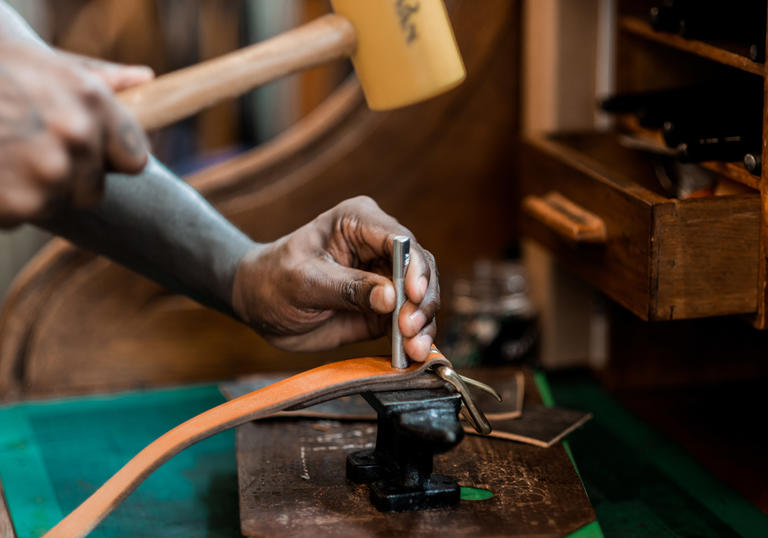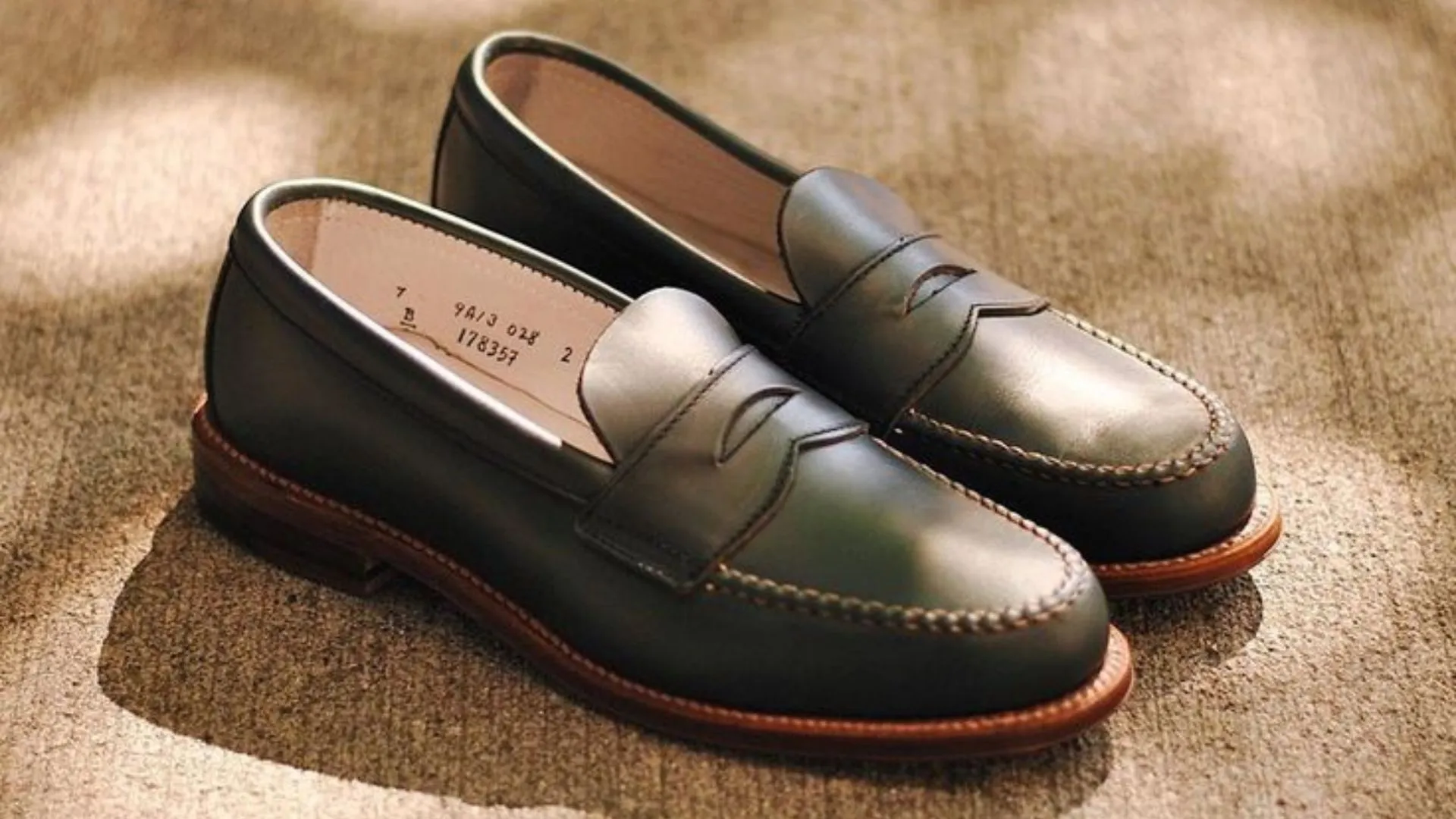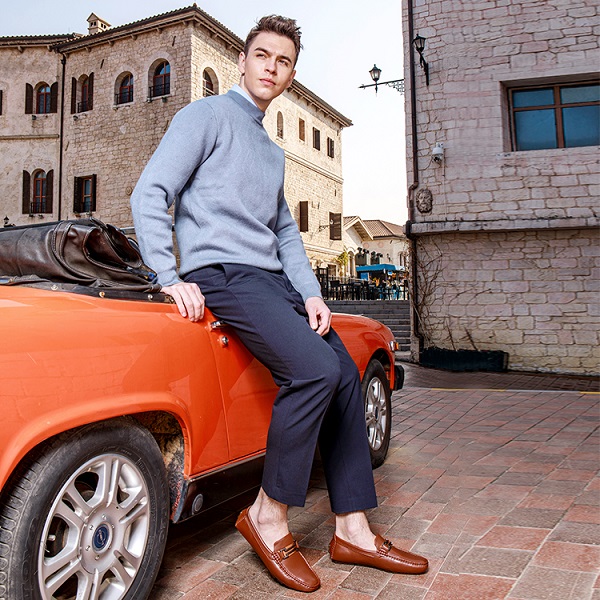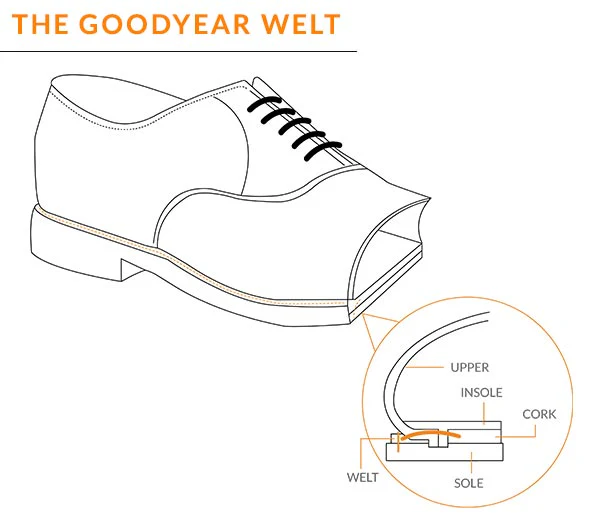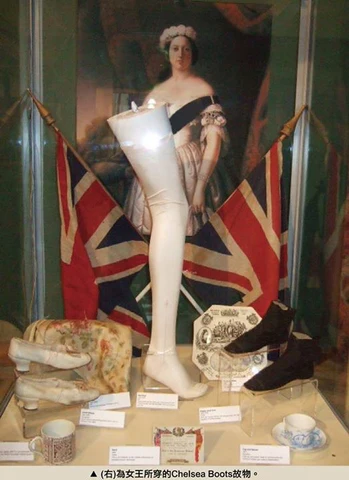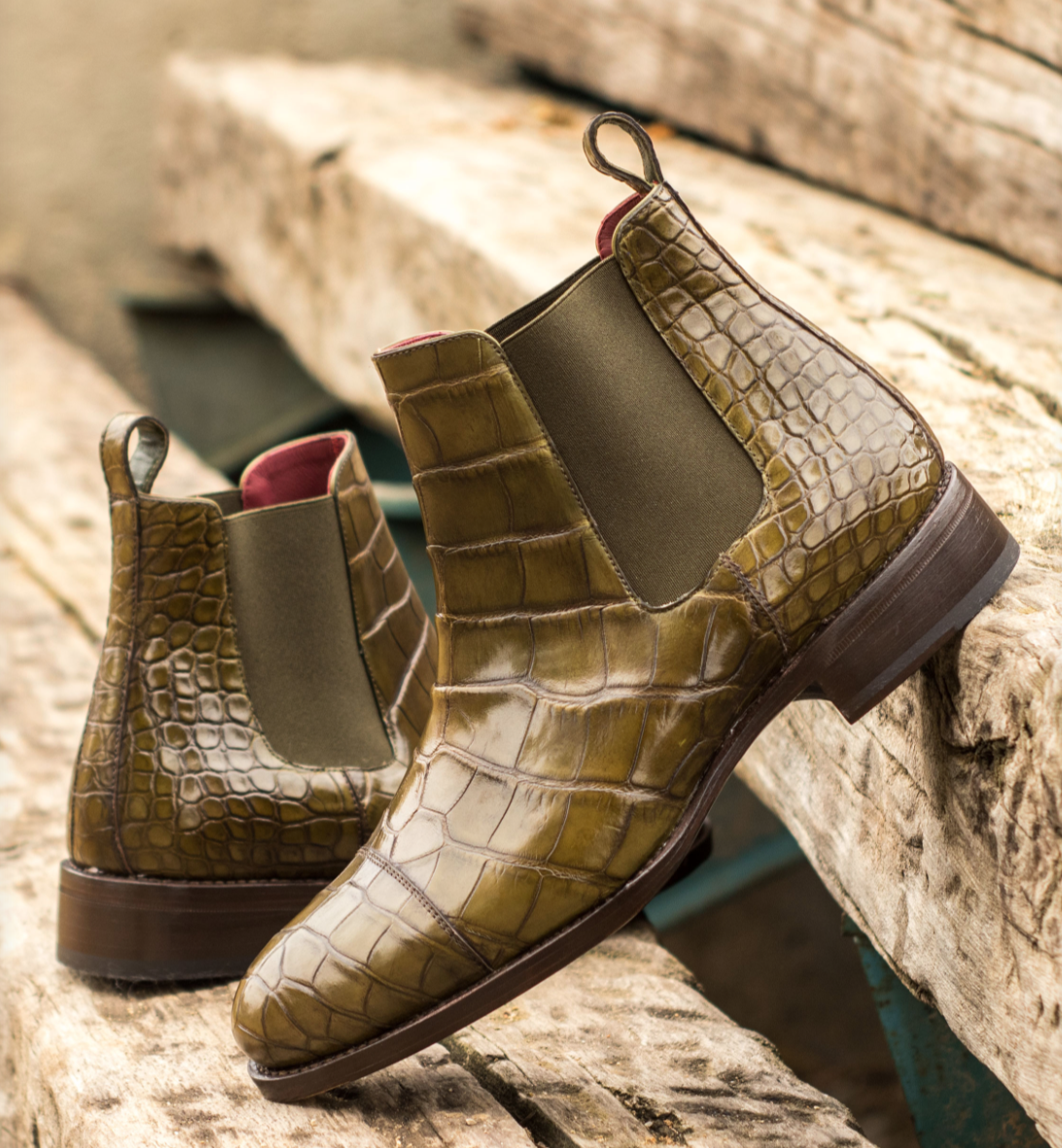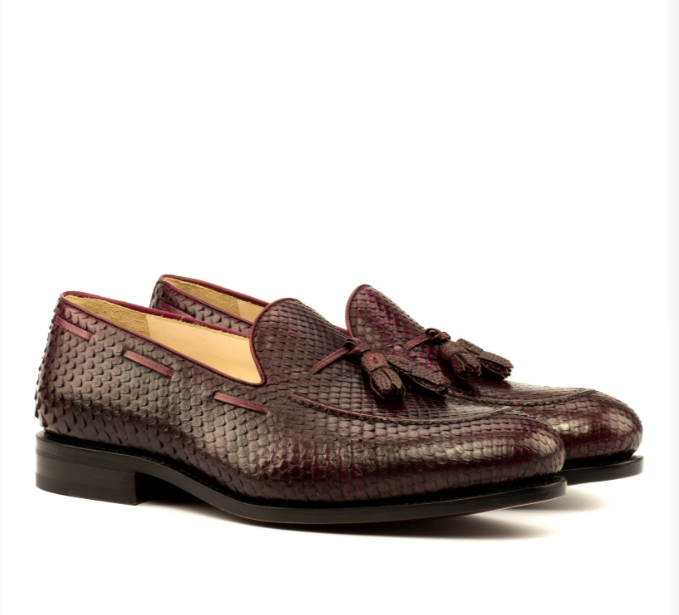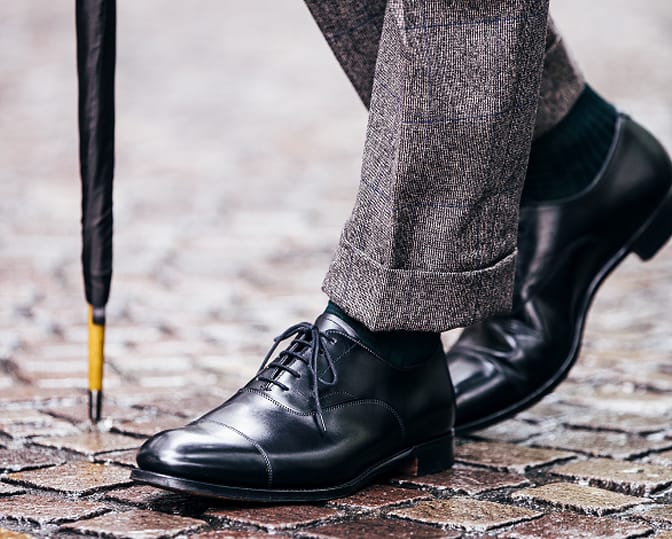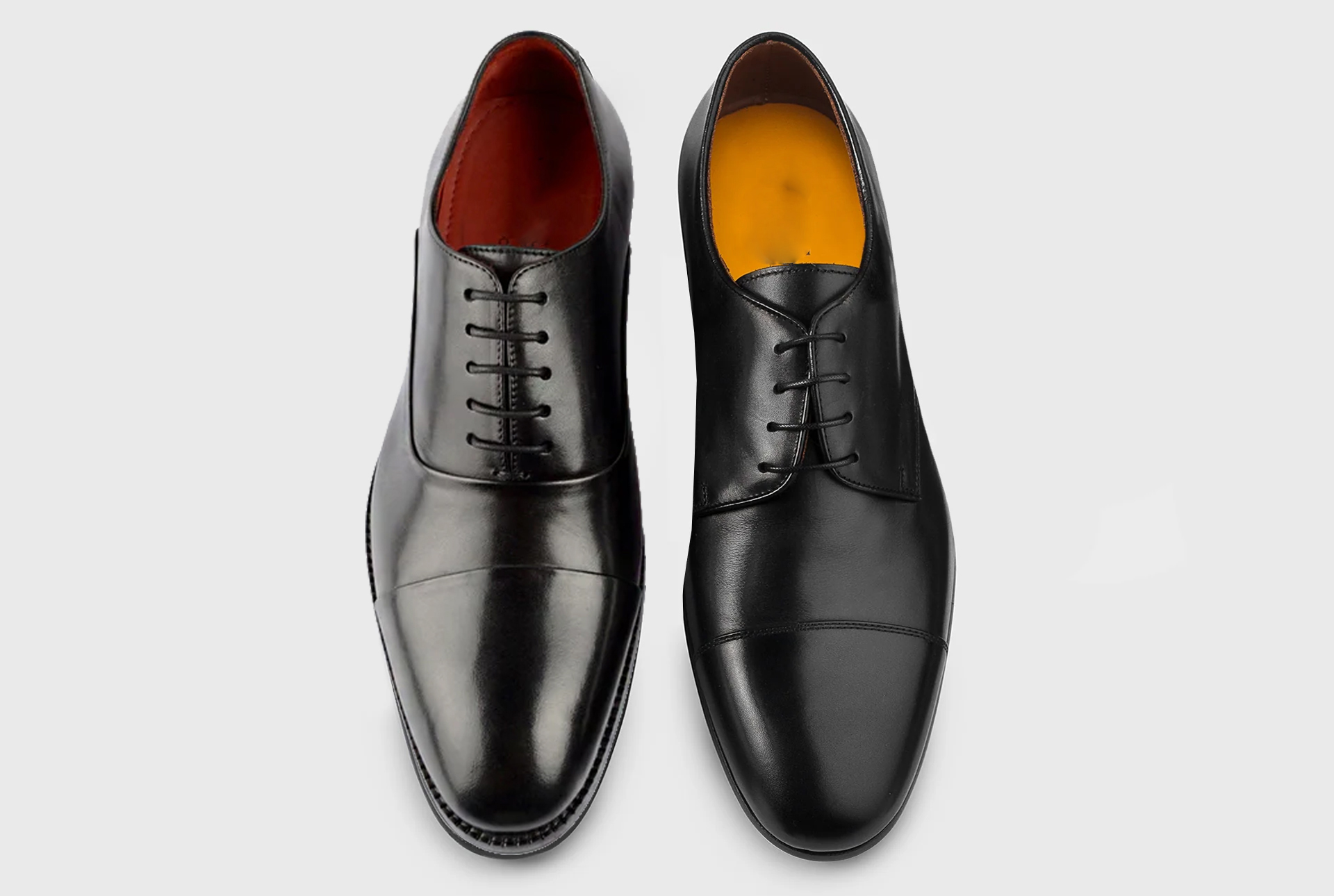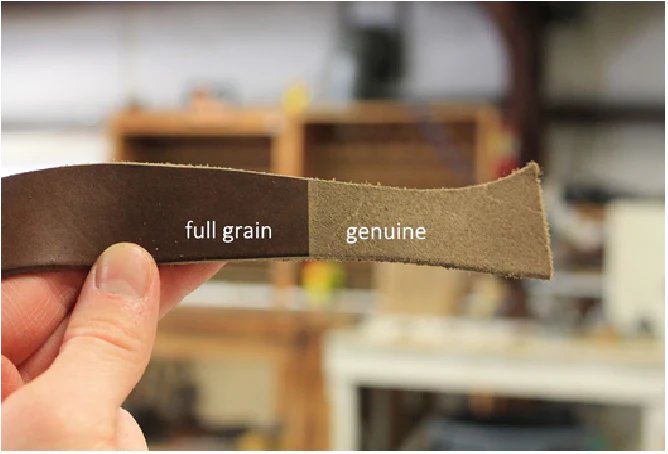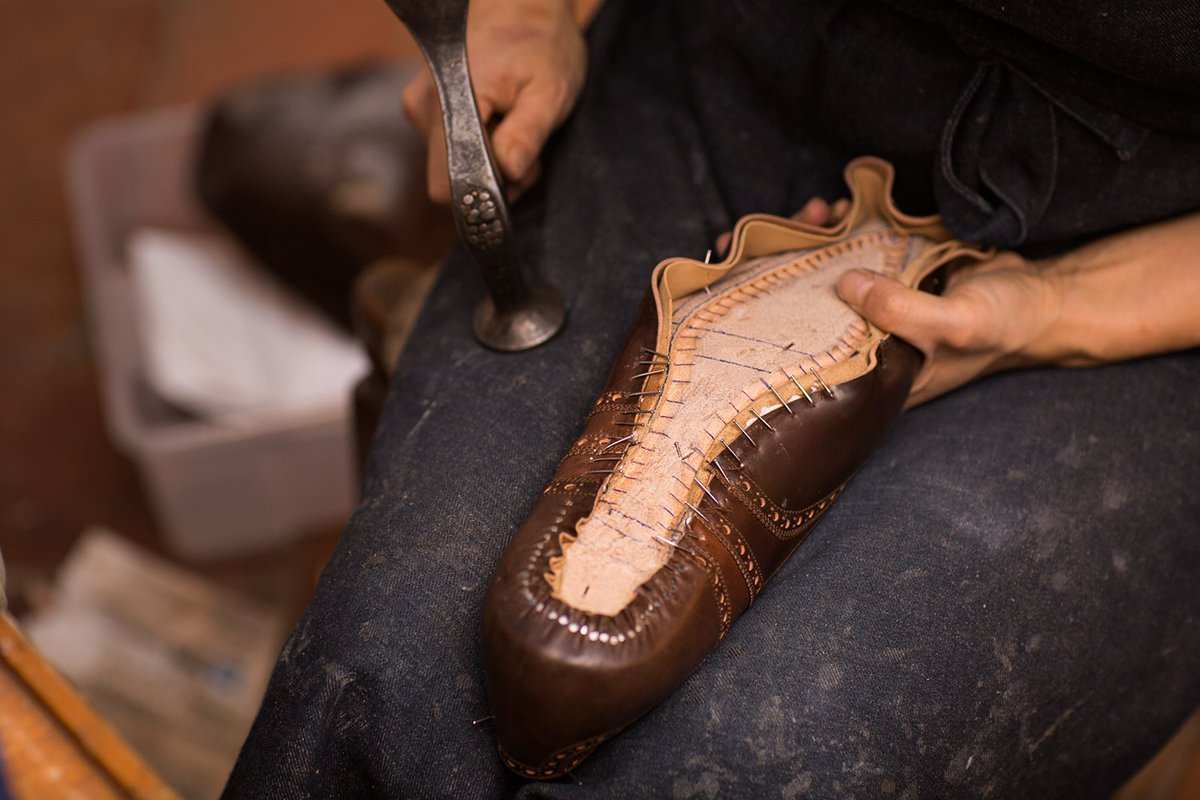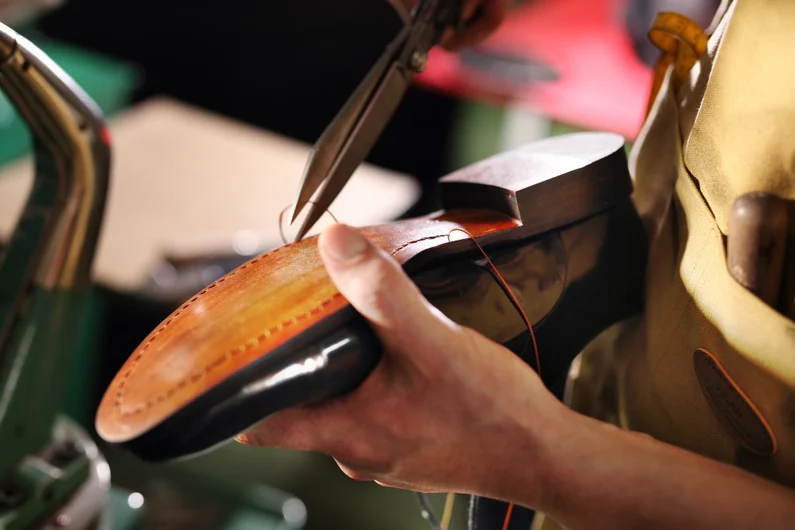Belts have been present in human wardrobes for thousands of years, with a history that can be dated back to ancient times for the various purposes they have served. From such a time period long ago they began making use of belts practically to serve as functional supports to become fashion statements in the present times. The first material that comes into mind is leather: a highly durable, versatile, and timeless material. Then there is probably one of the finest connoisseurs of this: Italian artisanship, that way elevating belts to an art form.
Ancient Beginnings and Functional Roots
The earliest belts appeared about 3000 BCE, during the Bronze Age, serving primarily utilitarian functions. Made of leather, fabric, and other naturally occurring materials-even woven fibers from plants-these first belts kept up clothing or supported implements. Leather-actually tanned animal skin from cattle, goats, and deer-relatively soon became a standard material due to its substantial strength combined with flexibility.
Ancient Egyptians, Sumerians, and Greeks all used belts for utility and status. Soldiers in Rome wore leather belts, or cingula, to hold weapons and indicate rank. The leather was often studded with metal or carved in intricate patterns, a marriage of function and art.
The Middle Ages and Renaissance: Leather as a Status Symbol
In the Middle Ages, belts became indispensable in both civilian and military life. Knights relied on leather belts to carry swords and other equipment, often customizing them with ornate patterns and metal embellishments. For women, belts made from soft leather or fabric highlighted the waist, adding an element of style to flowing gowns.
The Renaissance brought a new level of sophistication to belts. Italian artisans, renowned for their mastery of leatherwork, began crafting belts that were not only functional but also luxurious. Using high-quality natural leathers such as cowhide, goatskin, and exotic varieties like ostrich or crocodile, these craftsmen created intricate designs adorned with gold and silver fittings. Italian belts became symbols of status and wealth, admired throughout Europe.
Industrial Revolution: Leather Production Transformed
The Industrial Revolution revolutionized leather production, introducing new tanning techniques and machinery that made high-quality leather belts more accessible. Vegetable tanning, a traditional method still popular in Italy, became a hallmark of premium leatherwork, creating durable yet supple materials with a natural finish.
During this time, belts were essential for laborers, who needed them to support tools and heavy trousers. Meanwhile, military belts, often made from thick cowhide or buffalo leather, emphasized strength and utility. By the late 19th century, belts started to appear in civilian fashion, particularly in tailored men’s attire.
20th Century: Italian Leather and the Rise of Fashion Belts
The 20th century marked a turning point for belts, as they transitioned from functional accessories to fashion essentials. Italian craftsmanship stood out during this era, with brands like Gucci and Ferragamo leading the charge in creating luxury leather belts. Italian artisans continued to perfect traditional techniques, such as hand-stitching, vegetable tanning, and embossing, to produce belts that combined elegance with durability.
Leather types expanded, with full-grain leather, top-grain leather, and exotic skins like crocodile, snakeskin, and lizard becoming popular in high-end designs. Italian belts, made from supple natural leathers, became synonymous with sophistication, celebrated for their impeccable craftsmanship and timeless appeal.
Meanwhile, in everyday fashion, leather belts of various styles and widths reflected changing trends. The 1960s and 70s, for example, saw the rise of wide belts with bold buckles, while the 1980s embraced sleek, minimalist designs in smooth leather.
Leather in Modern Belts: Sustainability and Variety
Today, belts are available in an astonishing variety of styles, materials, and finishes. Leather remains the gold standard for quality, with full-grain leather—the most durable and natural-looking type—prized for its longevity and patina. Other types, such as nubuck and suede, offer softer textures, while exotic leathers like ostrich and crocodile continue to captivate luxury markets.
Italian leather belts remain a benchmark of quality, often crafted using eco-friendly tanning methods that reflect growing interest in sustainability. Vegetable-tanned leather, for instance, is celebrated for its natural beauty and minimal environmental impact. Italian belts also showcase timeless designs, from classic smooth leather with polished buckles to intricate braided styles.
Conclusion
The history of belts is inseparable from the history of leather. From ancient civilizations to the modern luxury market, leather belts have evolved to reflect changing needs, technologies, and tastes. Italian leather, in particular, represents the pinnacle of craftsmanship, blending tradition with innovation to create accessories that are both functional and fashionable. Whether made from natural cowhide, exotic crocodile, or supple suede, leather belts remain enduring symbols of style, durability, and artistry.
4o

